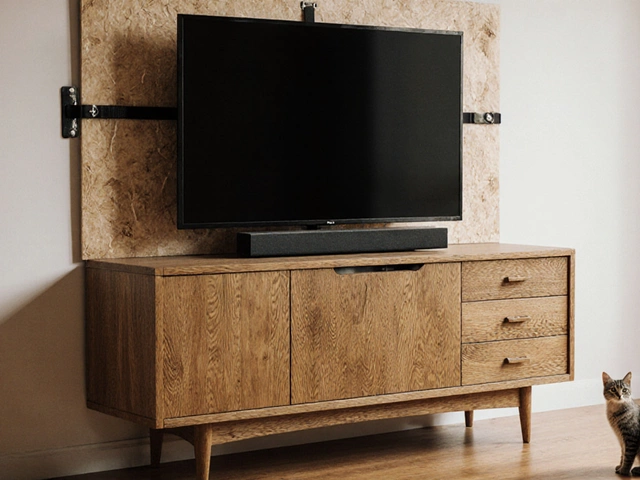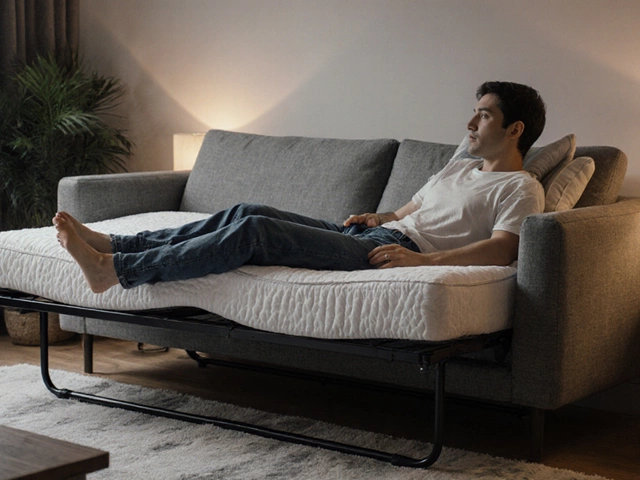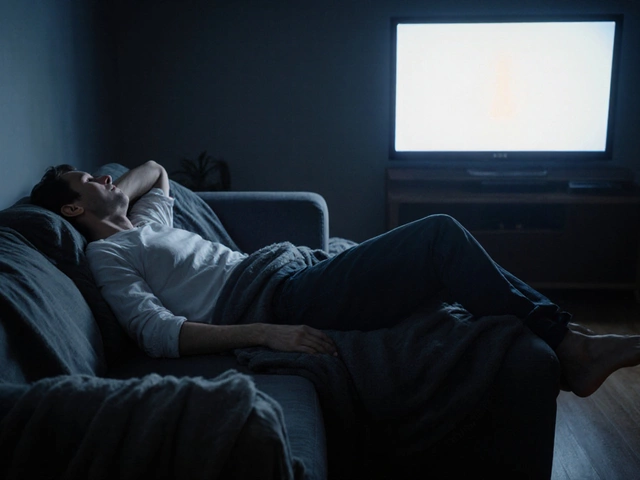Medical Necessity Recliner – Health‑Focused Comfort for Home Living
When working with Medical Necessity Recliner, a therapy‑approved recliner designed to aid mobility, circulation, and posture. Also known as therapy recliner, it blends everyday comfort with clinical support.
Medical Necessity Recliner isn’t just a piece of furniture; it’s a health tool. It encompasses Recliner Ergonomics, the study of angles, lumbar support, and cushioning that keep the spine aligned. Good ergonomics reduce strain on the lower back, improve blood flow, and can lower the risk of pressure sores for people who spend long periods seated.
Why It Matters for Sleep and Daily Life
Comfort matters when you try to rest, and that’s where Sleep Health, the quality of rest you get while lying down or reclining enters the picture. Research shows that an angle of about 110‑130 degrees supports natural spinal curves and eases breathing, making it easier to fall asleep in a recliner. When a medical necessity recliner is set up with proper ergonomic support, users often report deeper, uninterrupted sleep compared to a flat bed that forces awkward positions.
The link between sleep health and recliner use also affects daytime energy levels. Better rest translates into improved mood, sharper focus, and reduced reliance on pain medication. For seniors or anyone with chronic conditions, that boost can mean staying independent longer.
Another important piece of the puzzle is Assistive Furniture, items specifically built to support people with disabilities or health challenges. A medical necessity recliner is a flagship item in this category because it often includes features like power‑adjustable headrests, heat therapy, and sturdy armrests that double as grab bars. These features require reliable electrical components and safety certifications, ensuring the chair meets both comfort and medical standards.
When you combine assistive furniture with solid recliner ergonomics, you create a system that enables users to transition smoothly from sitting to lying down, reducing the risk of falls. It also means caregivers can adjust the chair without heavy lifting, which lowers strain on their backs.
People often wonder how a recliner fits into a living room without looking like a medical device. The answer lies in modern design. Many manufacturers blend sleek upholstery, neutral colors, and customizable fabrics so the chair matches a Reclining Sofa, a sofa that folds back to a near‑flat position for lounging or sleeping. This aesthetic bridge lets the recliner serve as a centerpiece rather than an eyesore.
Choosing the right model involves checking a few key attributes: load capacity (usually 250‑300 lb), range of motion (how far the back can tilt), and added health features like massage or heat. Look for independent certifications such as FDA clearance or ISO safety marks; those signals confirm the chair meets medical‑grade requirements.
Maintenance is another practical concern. Because these chairs often contain motors and electronic controls, owners should follow the manufacturer’s cleaning guide—wipe surfaces with a damp cloth, avoid harsh chemicals, and schedule an annual inspection of moving parts. Proper care keeps the recliner operating smoothly and extends its lifespan, which matters for long‑term health budgeting.
Below you’ll find a curated set of articles that dive deeper into each of these angles. From tips on sleeping safely in a recliner to choosing the perfect color to match your living room, the collection gives you actionable insights you can apply right now.
Medicare Recliner Coverage: What Seniors Need to Know
Find out if Medicare pays for recliners, the medical criteria, step‑by‑step claims process, alternatives, costs, and tips to get coverage.





